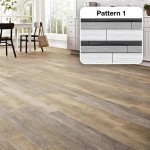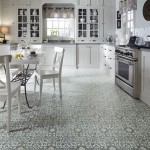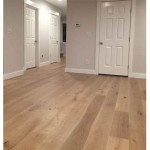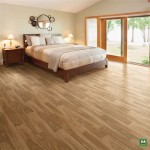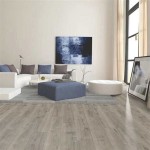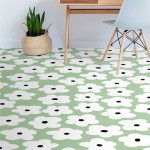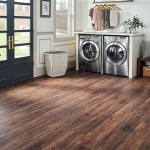For many homeowners, hardwood flooring is the perfect choice for their homes. Whether you’re looking for a classic, timeless look or something more modern and contemporary, hardwood can provide it. But when it comes time to choose between engineered and solid hardwood flooring, it can be difficult to decide which is best for your needs. In this article, we’ll take a look at the pros and cons of each option, so you can make the best decision for your home.
Engineered Hardwood Flooring
Engineered hardwood flooring is made up of a number of layers, with a thin layer of hardwood on top. It is often less expensive than solid hardwood, and is easier to install. It can also be installed over concrete or other subfloors, which makes it a great choice for basements or any other area where a solid hardwood floor is not possible. The downside is that it is not as durable as solid hardwood and can be prone to scratches and dents.
Pros of Engineered Hardwood Flooring
- Less expensive than solid hardwood
- Easy to install
- Can be installed over concrete or other subfloors
Cons of Engineered Hardwood Flooring
- Not as durable as solid hardwood
- Prone to scratches and dents
- Can be difficult to refinish
Solid Hardwood Flooring
Solid hardwood flooring is a single piece of hardwood that is typically available in strips or planks. It is more expensive than engineered hardwood, but is also more durable and can be refinished multiple times. It can also be installed over a variety of subfloors, including concrete, but it should be installed by an experienced professional.
Pros of Solid Hardwood Flooring
- More durable than engineered hardwood
- Can be refinished multiple times
- Can be installed over a variety of subfloors
Cons of Solid Hardwood Flooring
- More expensive than engineered hardwood
- Must be installed by an experienced professional
- Can be sensitive to moisture
When it comes to deciding between engineered and solid hardwood flooring, it’s important to consider your budget, the look you’re going for, and how much maintenance you’re willing to do. Ultimately, both options can provide a beautiful look for your home, so it’s up to you to decide which one is the best choice for your needs.













:max_bytes(150000):strip_icc()/engineered-hardwood-vs-solid-flooring-1821677-v3-KF-0009b5bd96e94b6fa0862e275f8040b1.jpg)

Related Posts

